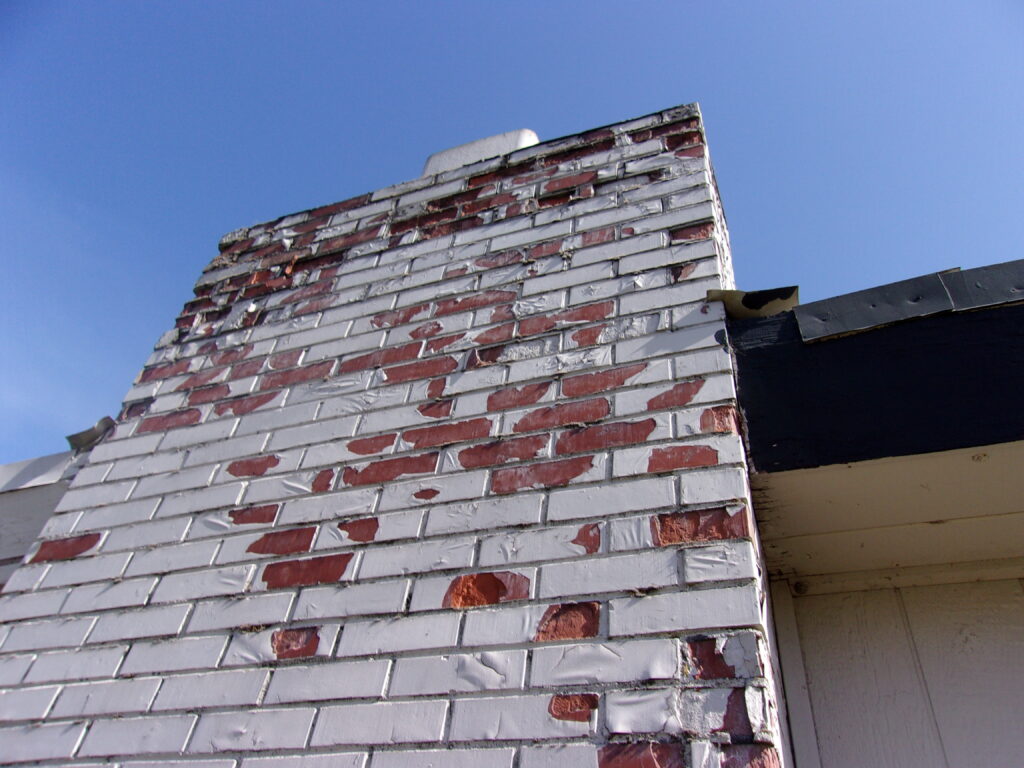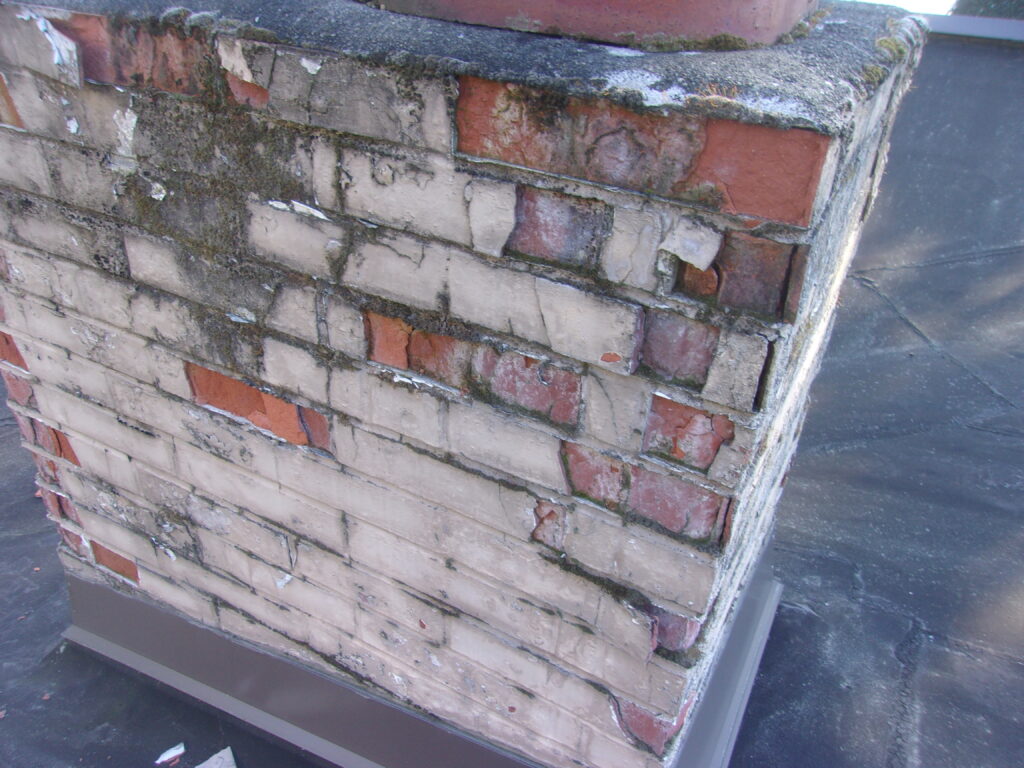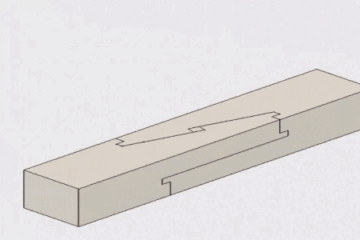We always inspect chimneys closely. Be sure to always have your wood burning chimneys swept and inspected regularly. Creosote build-up is one of the leading causes of chimney fires. Always burn seasoned dry wood and avoid smoldering fires to reduce the problem with creosote.
Flashing problems
A brick chimney should have flashing and counter flashing that is woven in to the roof . Many chimneys we see are missing this critical element. Since chimneys and roofs move at different rates in sunlight, wind etc, a joint that is not flexible will almost always leak.
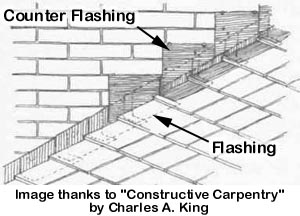
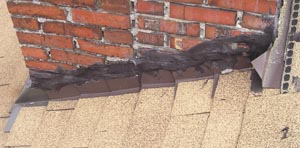
Flashing and counter flashing work together to create a water tight seal that allows for natural movement that will occur. Examples of poor chimney to roof joints are tar or only step flashing. When we see this on the roof, we inevitably find water damage inside the attic and often the ceilings near the fireplace. Tar on roofs lasts only a few years and must be re-applied regularly. The petroleum evaporates and causes it to crack and fail fairly quickly, compared to the rest of the roof.
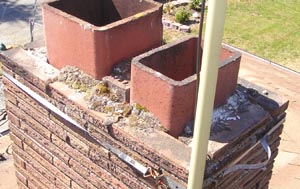
Chimney crowns
Most chimneys have a masonry crown, or a sloped layer of mortar that helps keep water out. They often will crack and if not repaired, water will work its way in and the damage will accelerate the deterioration of the chimney, liner, roof and framing below. In extreme cases, the water will break down the mortar causing the bricks to become loose leading to more extensive repairs.
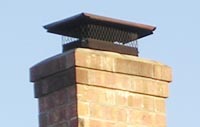
Chimney liners
All chimneys should be lined, and the most dangerous type is an unlined brick chase. If you have very occasional fires in a traditional open fireplace, a brick liner is still poor, but may hold up well if they are swept and you have a proper rain cover and well maintained crown. In no case is a brick lined chimney acceptable for gas appliances. (see some pictures here) The high moisture content and corrosive gasses that are a by-product of these appliances can severely deteriorate brick flues.
The most common liner is made of clay tile. These are inexpensive and work well for open fireplaces. Metal liners are a good solution to upgrade unlined or clay lined flues. Stainless steel is suitable for wood, oil or gas burning appliances. In some cases aluminum is acceptable for certain gas applications only, but is not nearly as good as stainless steel. Many masonry chimneys can be improved with a cast-in-place liners, made of lightweight cement type material. This technique results in a smooth seamless insulated flue that also improves the structural integrity of the chimney. These liners work well with all types of appliances and fireplaces.
Efflorescence
As water passes through masonry, brick or concrete it may leave behind a powdery residue. In the case of a chimney it is often the result of a damaged crown or poor construction.
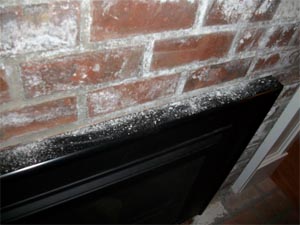
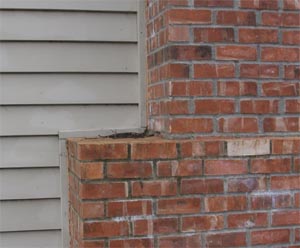
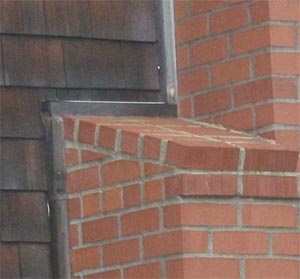
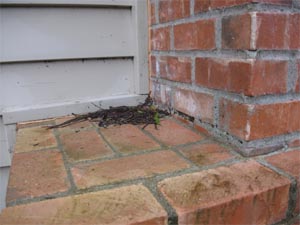
In this case, we have a chimney that is poorly designed. There is a step as the chimney flares out for the firebox. This step should be sloped, allowing water to run off.
On the inside of this house, there was some of the worst examples of efflorescence we have ever seen, and this building is only 4 years old. As you can see, the construction of this chimney had a nearly horizontal step and a lot of water is perking through the masonry and the metal fireplace is rusting. If your brickwork in your home has these stains, get it repaired soon. If left long enough, the water will weaken the mortar and could freeze, further damaging your chimney.
Spalling
It is very expensive to repair.Many times this damage will accelerate once the outer harder surface of the brick is damaged and the softer more absorbent interior is exposed to the elements. This surface can be damaged be pressure washing or sand blasting.
If water works its way into bricks, is can cause crumbling and flaking of the surface, and eventually cause the bricks to fall apart. This is especially true when the water freezes and thaws. Water from rain, pressure washing, downspouts, horizontal surfaces, poor crowns or water seeping up from the ground can all contribute to this problem.
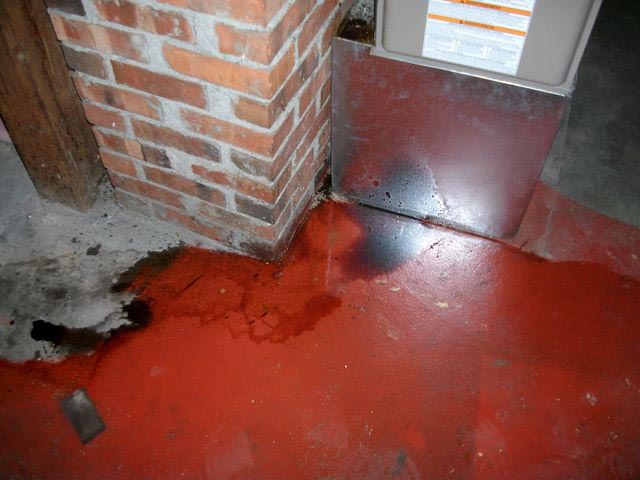
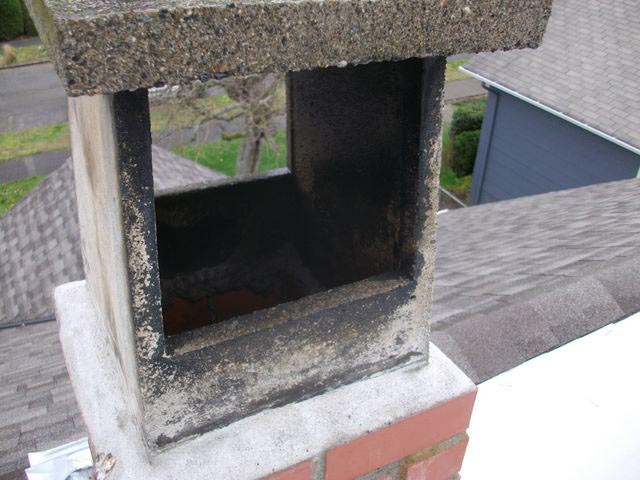
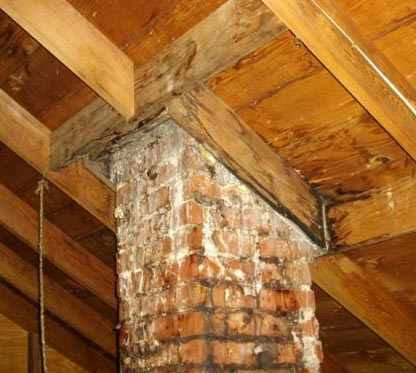
http://hipspro.com/chimney-problems.htm
